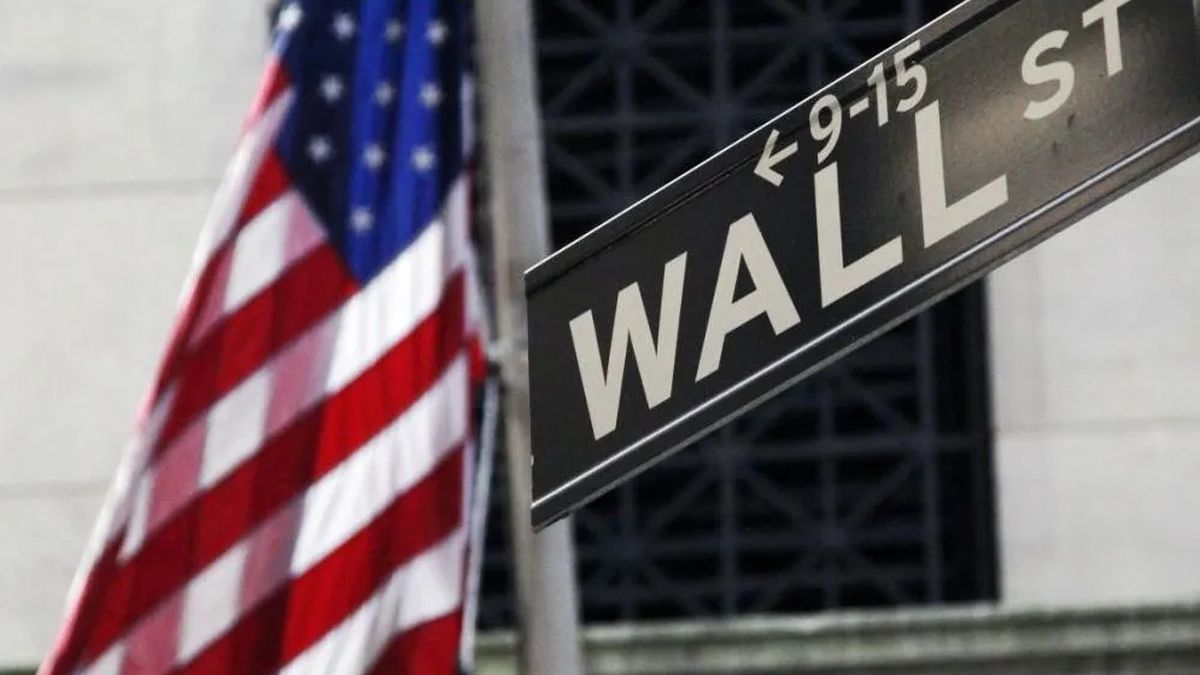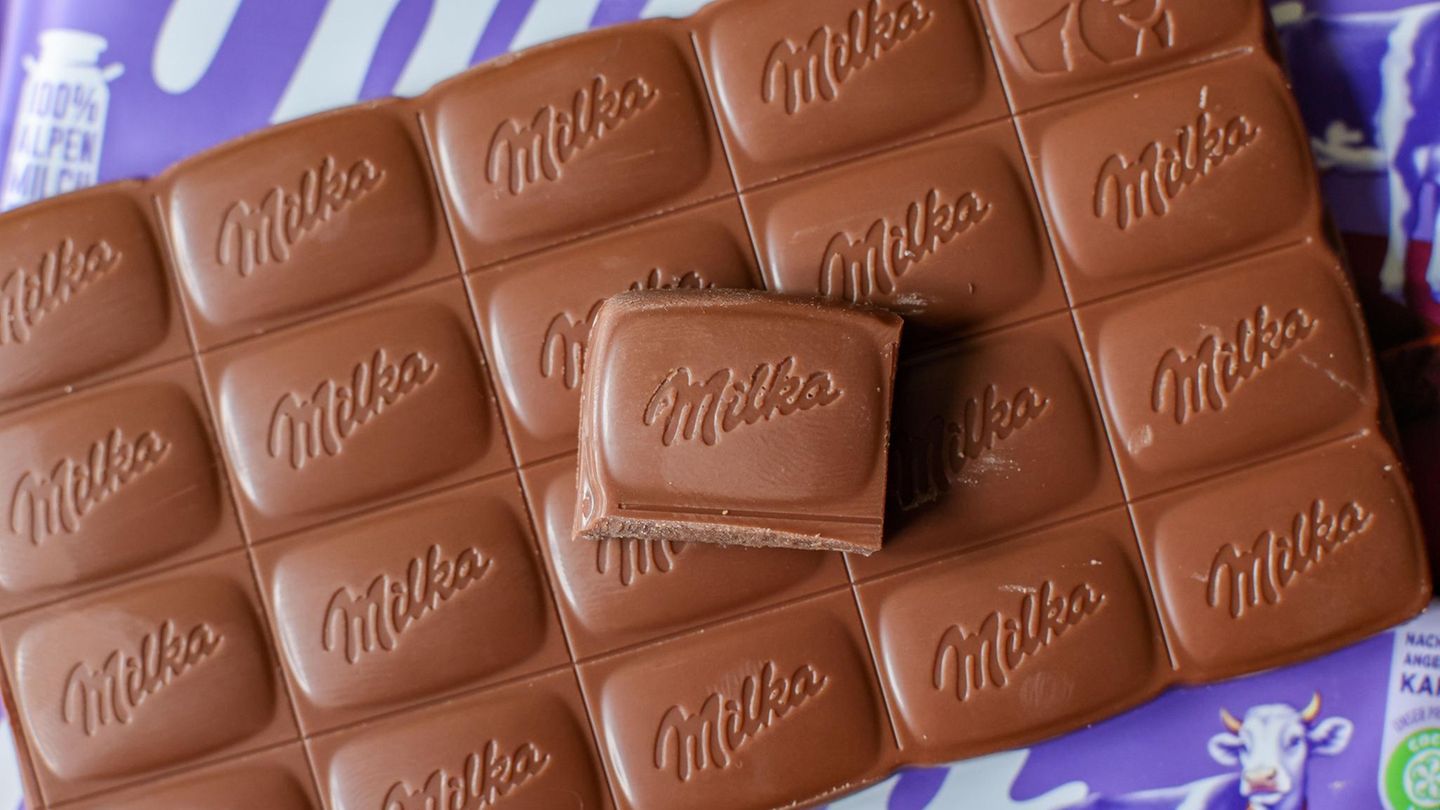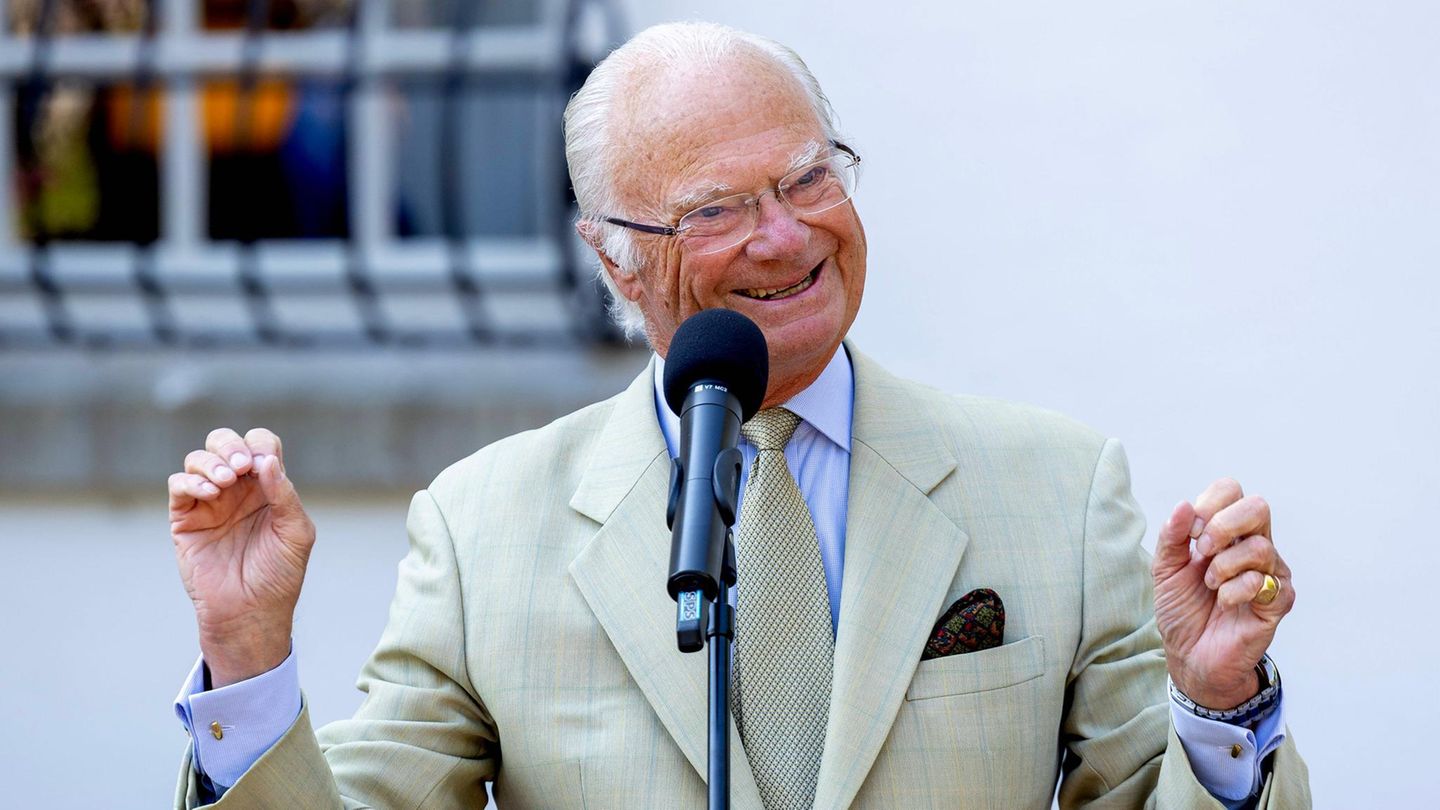The increases in Argentine paper in New York were led by IRSA (+6.9%); IRSA Commercial Properties (+6.5%); Pampa Energia (+6.2%); Telecom Argentina (+5.6%); South Gas Carrier (+4.5%); and Central Port (+3.6%). Still, some stocks closed lower, such as Globant (-5.3%); Ternium (-5.1%); Free Market (-2.8%); and Galicia (-2.3%).
Meanwhile, BYMA’s S&P Merval index it gained 0.7%, to 88,184.99 points as a provisional closing, with an accumulated increase of around 6% during 2022, almost in line with the advance of retail prices in the same period, according to private analysts.
The performances of Pampa Energía (+5.8%); from Grupo Valores (+4.7%); and Telecom (+3.9%). For the week, the winner was BYMA, which gained 7.1%.
The volume in shares rose 73% to $1,058 million, representing less than 20% of what was traded in equities. Thus, 80% of the total was operated on Cedears, whose daily amount rose 30% to $4,332.2 million.
One of the news of the day at the local level was the presentation of the balance sheet of the steel company Terniumin which it showed a profit of $135 billion pesos ($44 per share), above market expectations. “It’s a good balance. The sector remains strong worldwide”, commented Rafael Di Giorno, director of Proficio Investment.
But investors are still waiting for news regarding the principle of Argentina’s agreement with the IMF, which must be approved by the National Congress, in the midst of internal tensions within the ruling party and disparate criteria in the Fund’s board of directors.
While the Government seeks to align ranks with the “rebel” deputies, From the Ministry of Economy, the dialogue with IMF technicians is being followed to refine discrepancies, basically in the way of reaching 2025 with a zero deficit.
The IMF spokesman, Gery Rice, stated the day before that the agency seeks to reach an agreement with Argentina “as quickly as possible,” and that there is no defined date for the arrival of a mission from the agency to the country.
The Government must face an expiration in March with the IMF for some 2,900 million dollars and another 2,000 million with the Paris Club, for which analysts foresee that the legislative endorsement should be given beforehand.
Strong fall on Wall Street due to conflict in Ukraine
Globally, Wall Street closed sharply lower for the second session in a row as investors worried about rising tensions between Russia and Ukraine. In fact, President Joe Biden seems convinced that Russia will attack Ukraine as soon as next week, as he has let on.
Most of the 11 major S&P 500 sector indexes fell, with technology and consumer discretionary taking the biggest hit. On the contrary, the Energy sector index rose as oil prices hit new seven-year highs: WTI climbed 4.7% to $94.1.
The S&P 500 lost 1.9% to 4,418.32, while the Nasdaq fell 2.8% to 13,784.13 and the Dow Jones Industrial Average fell 1.5% to 34,731.47.
With investors already worried about inflation and rising interest rates, Wall Street sales accelerated after Washington warned that Russia had massed enough troops near Ukraine to launch a major invasion, and that an attack could start any day.
“We just have to see how this plays out over the weekend and whether or not the international leadership can bring this under control.” said Thomas Hayes, managing member of Great Hill Capital LLC in New York. “If not, the repercussions could be significant, and that is what worries the markets,” he added.
Apple, Amazon.com, Nvidia and Microsoft all fell, weighing more than any other in the S&P 500’s decline.
In the fixed income segment, bonds in dollars operated with most losses that, in some cases, reached 2% (Bonar 2029). Throughout the week they accumulated losses of up to 2.3%, to register decreases of between 4.5/7.6% so far this year.
Facing it, the country risk rose 2.1% to 1,814 pointsmaximum since January 27, one day before the announcement of the principle agreement for the debt between Argentina and the IMF.
Regarding the debt in pesos, the sovereign bonds that adjust for inflation closed unevenly. During the week those in the short section rose 0.8% on average, and those in the medium and long section of the curve fell 1.5% on average.
Finally, the linked dollar rose 0.3% on average. “Several managers took the TV22 to put together synthetics versus the futures curve”, they said from the SBS Group. This bond, the shortest, recovered ground with a weekly rise of +1.1%.
Source: Ambito
David William is a talented author who has made a name for himself in the world of writing. He is a professional author who writes on a wide range of topics, from general interest to opinion news. David is currently working as a writer at 24 hours worlds where he brings his unique perspective and in-depth research to his articles, making them both informative and engaging.




